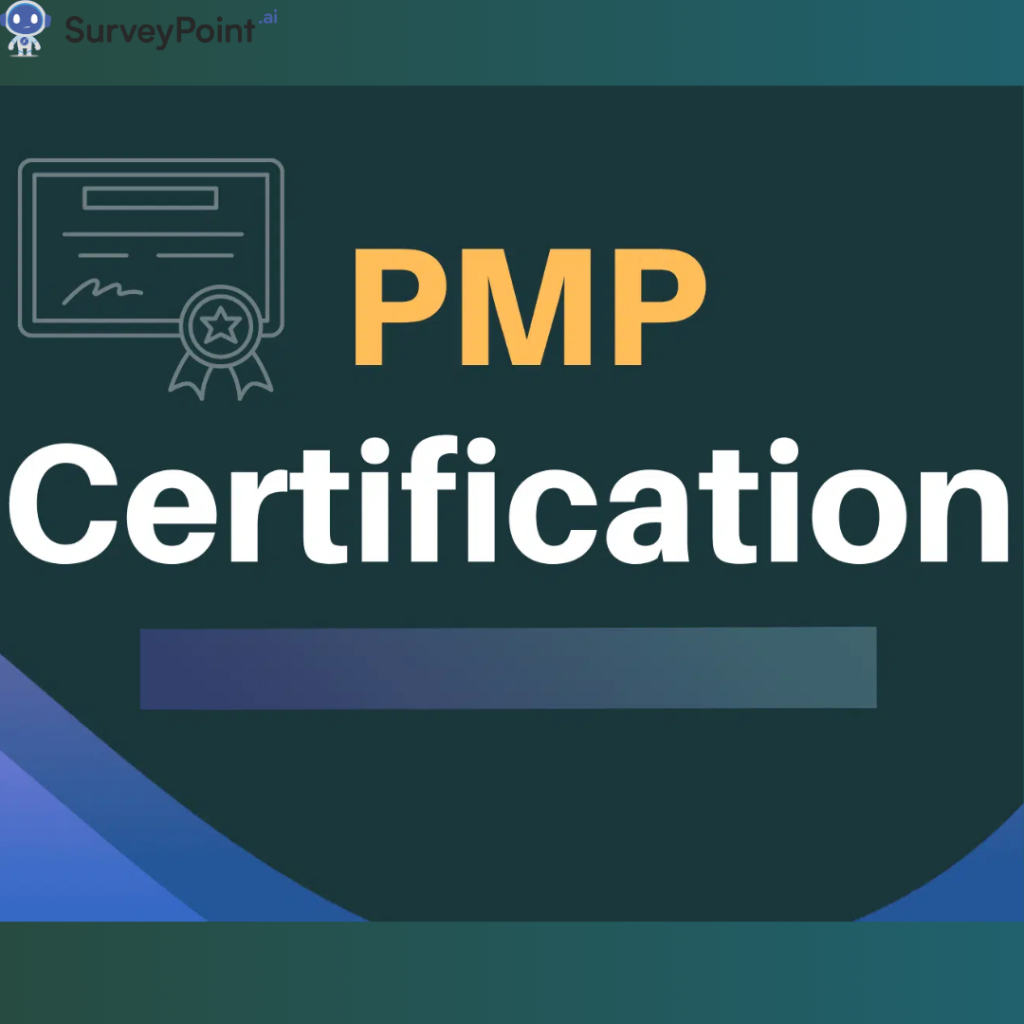
In the realm of procurement, two primary methodologies dominate: direct and indirect procurement. While both are crucial for maintaining a smoothly functioning supply chain, they differ significantly in their scope, focus, and strategic approach. Understanding these disparities is vital for businesses aiming to optimize their procurement processes and maximize efficiency and cost-effectiveness.
In this comprehensive guide, we delve deep into the intricacies of direct and indirect procurement, exploring their definitions, strategies, categories, and impacts on spend management.
Direct vs. Indirect Procurement: What’s the Difference?
Definition:
Direct procurement involves the sourcing and acquisition of goods and services directly utilized in the production of a company’s core products or services. These are typically tangible items or raw materials that directly contribute to the manufacturing process.
Indirect procurement, on the other hand, encompasses the purchasing of goods and services necessary for the support and maintenance of business operations. These items are not directly incorporated into the final product but are essential for facilitating organizational functions.
Nature and Focus:
Direct procurement focuses on obtaining materials critical for manufacturing or production processes. Its primary goal is to ensure a seamless supply of quality raw materials at the best possible prices to maintain production efficiency and meet customer demand.
In contrast, indirect procurement concentrates on sourcing goods and services that support the day-to-day operations of a business. This includes items like office supplies, IT services, marketing services, and facility maintenance, which enable smooth functioning but do not directly contribute to product development.
Examples:
Examples of direct procurement include raw materials like steel for an automobile manufacturer, fabric for a clothing company, or electronic components for a technology firm. These items are integral to the production process and directly impact product quality and cost.
Indirect procurement examples encompass a broad range of goods and services, including office supplies, software licenses, legal services, and janitorial supplies. While these purchases may seem mundane, they play a crucial role in maintaining business operations and supporting employees in their daily tasks.
Budgeting and Planning:
Budgeting for direct procurement requires a meticulous analysis of production requirements, market trends, and supplier capabilities to ensure an uninterrupted flow of materials at optimal costs. Companies must forecast demand accurately and establish robust supplier relationships to mitigate risks and fluctuations in pricing.
Indirect procurement budgeting involves identifying operational needs across various departments and allocating resources accordingly. It requires collaboration with department heads to understand their requirements and negotiate contracts with suppliers to achieve cost savings without compromising quality or service levels.
What is Direct Procurement?
Direct procurement involves the acquisition of goods and services directly used in the production process. These items are integral to manufacturing and are typically sourced from specialized suppliers to meet specific quality standards and production timelines.
What is Indirect Procurement?
Indirect procurement encompasses the purchasing of goods and services that support the overall functioning of a business but are not directly incorporated into the final product. These purchases span a wide range of categories and are essential for maintaining organizational efficiency and employee productivity.
Indirect Procurement Strategies:
Effective indirect procurement strategies focus on streamlining processes, reducing costs, and optimizing supplier relationships. Key strategies include:
- Centralized Procurement: Consolidating purchasing activities under a single department or team to leverage economies of scale, negotiate better terms with suppliers, and standardize procurement processes across the organization.
- Strategic Sourcing: Identifying key suppliers for indirect categories, conducting thorough supplier evaluations, and negotiating contracts to secure favorable pricing, terms, and service levels.
- Vendor Management: Establishing strong relationships with suppliers, monitoring performance, and addressing any issues promptly to ensure continuity of supply and quality of service.
- Process Automation: Implementing technology solutions like procurement software and e-procurement platforms to automate repetitive tasks, improve efficiency, and enable data-driven decision-making.
Indirect Procurement Categories:
Indirect procurement categories vary depending on the specific needs of the organization but commonly include:
- Facility Management: This category includes services such as janitorial, security, landscaping, and maintenance, essential for maintaining a safe and functional work environment.
- IT Services: IT procurement covers software licenses, hardware purchases, cloud services, and IT support, vital for supporting business operations and enabling digital transformation.
- Marketing and Advertising: Marketing procurement involves sourcing agencies, advertising space, promotional materials, and market research services to support brand awareness and customer acquisition efforts.
- Professional Services: This category encompasses legal services, consulting, recruitment, and training, necessary for regulatory compliance, strategic planning, and talent development.
Direct vs. Indirect Procurement: Understanding the Differences
Managing Supplier Relationships:
In direct procurement, supplier relationships are critical for ensuring a stable supply of high-quality materials and components. Close collaboration with suppliers helps mitigate risks, optimize inventory levels, and identify opportunities for innovation and cost reduction.
In indirect procurement, managing supplier relationships is equally important, albeit with a different focus. Building strong partnerships with indirect suppliers fosters reliability, transparency, and flexibility in meeting the diverse needs of the organization across various categories.
Managing Inventory:
Direct procurement requires careful inventory management to balance supply and demand, minimize stockouts, and avoid excess inventory holding costs. Just-in-time (JIT) inventory systems and demand forecasting techniques are commonly employed to optimize inventory levels and reduce carrying costs.
Indirect procurement also necessitates inventory management, albeit with less emphasis on just-in-time principles. Maintaining adequate stock of essential indirect items ensures uninterrupted business operations and supports employee productivity without overburdening storage facilities or tying up excessive capital.
Spend Management:
Direct procurement directly impacts product costs and profitability, making effective spend management critical for maintaining competitiveness. Strategies such as supplier rationalization, cost benchmarking, and value engineering help optimize costs without compromising quality or performance.
Indirect procurement contributes to overhead costs and operational expenses, requiring careful oversight to control expenditures and maximize savings. Implementing cost-saving initiatives, enforcing purchasing policies, and leveraging technology for expense tracking and analysis are key components of effective spend management in indirect procurement.
Indirect Procurement and Its Impact on Spend Management:
Indirect procurement significantly influences overall spend management, as it encompasses a wide range of non-core expenses that can quickly add up if left unchecked. By implementing strategic sourcing practices, negotiating favorable contracts, and optimizing processes, organizations can realize substantial cost savings and improve their bottom line.
Conclusion
In conclusion, direct and indirect procurement are two sides of the same coin, each playing a vital role in ensuring the smooth functioning and profitability of an organization. While direct procurement focuses on acquiring materials for production, indirect procurement addresses the diverse needs of business operations. By understanding the differences between these two approaches and implementing effective procurement strategies, businesses can enhance efficiency, reduce costs, and gain a competitive edge in today’s dynamic marketplace.




